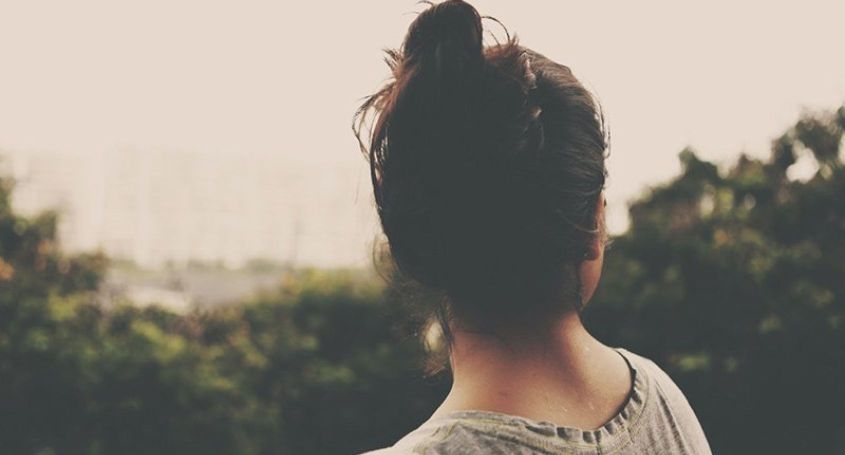The multiple gestation rate has markedly increased globally in recent decades, mainly due to the increase in patients who turn to assisted reproduction treatments to be able to fulfill their dream of being parents.
High-Risk Pregnancy
Nevertheless, a multiple pregnancy is considered by professionals as a high-risk pregnancy since it carries an increased chance of preterm labor, placenta previa, preeclampsia, gestational diabetes, low birth weight, intrauterine growth retardation, and perinatal mortality -- among other complications during pregnancy and childbirth.
For that reason, lately, to ensure the wellbeing of the mother and the future baby, different medical societies strongly recommend trying to decrease these multiple pregnancy rates without reducing the chances of pregnancy, doing so by adapting the assisted reproduction protocols to get a healthy, single pregnancy.
Multiple Pregnancy by Artificial Insemination
In artificial insemination, the woman receives a hormone treatment to stimulate the growth of a reduced number of ovarian follicles. Throughout the cycle, ultrasound and hormonal tests will be carried out that will allow us to know if one or more follicles are developing on the ovary. To avoid a multiple pregnancy by artificial insemination , it is important to follow the recommendations of the gynecologist who is performing monitoring. It is that individual who will assess the case on an individual basis.
Multiple Pregnancy by In Vitro Fertilization
To avoid a multiple pregnancy in reproduction treatments, SET (single embryo transfer) has been established as a general rule in many assisted reproduction clinic s. It is therefore important to follow the recommendations of the medical team, which will assess each case individually and advise patients according to their chances of success and of multiple gestation, as in egg donation treatments where oocyte quality is better, multiple pregnancy rates in the case of transfers of more than one embryo are much higher than in cycles with oocytes from the patient.
It is important to note that, with the single transfer of an embryo, the pregnancy rate per transfer lowers but not the general rate for the whole cycle. Embryos that are fit for and able to give rise to pregnancy can undergo vitrification and be transferred later. Thus, the cumulative rate per cycle will be the same whether the embryos are transferred one at a time or in pairs. In addition, the improvement of culture conditions and new technologies makes it possible to better select the embryo for transfer that has the greatest implantation capacity.
Thus, today the success of fertility treatments is measured in getting a healthy child home to you, also with greater guarantees for the mother's health.















